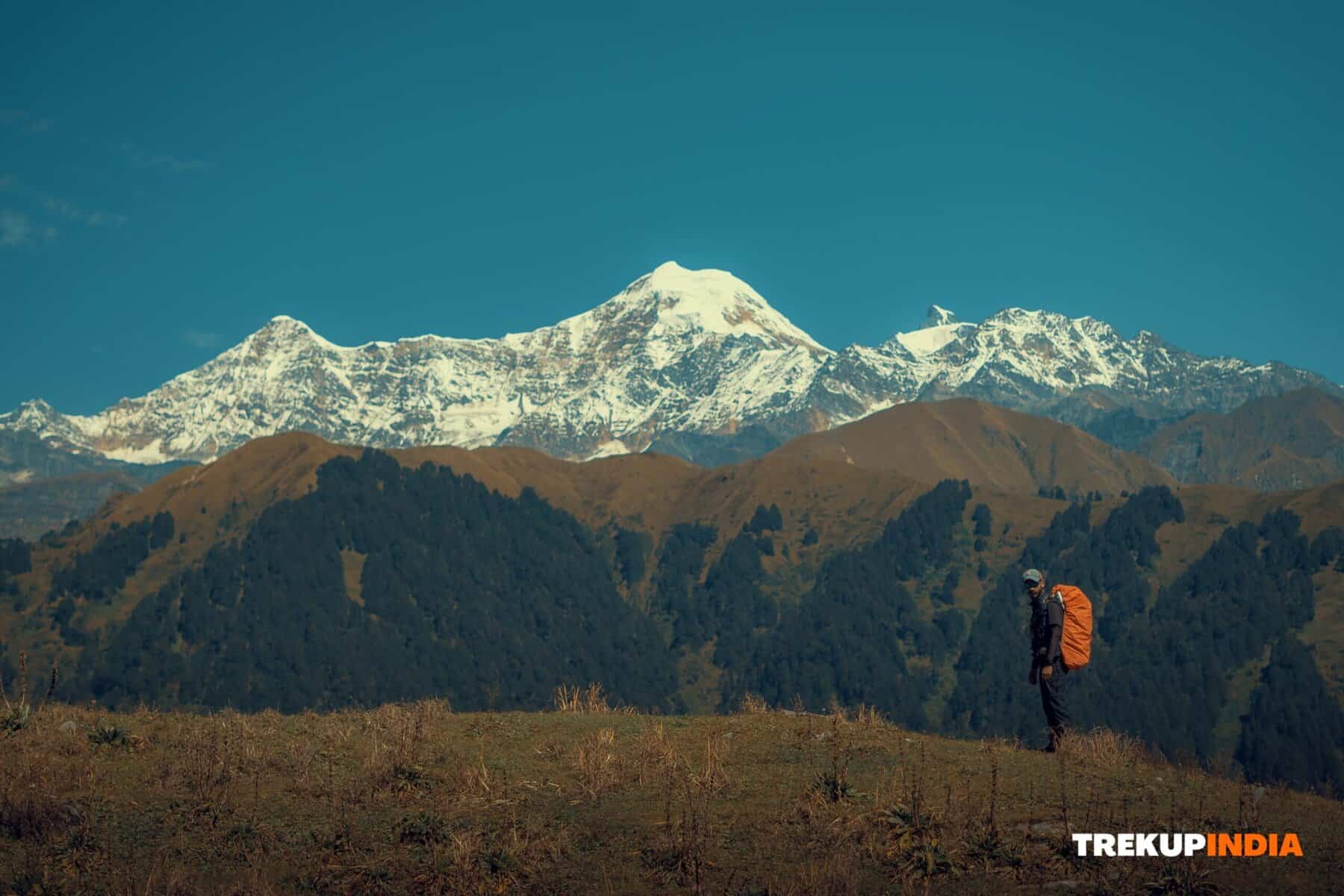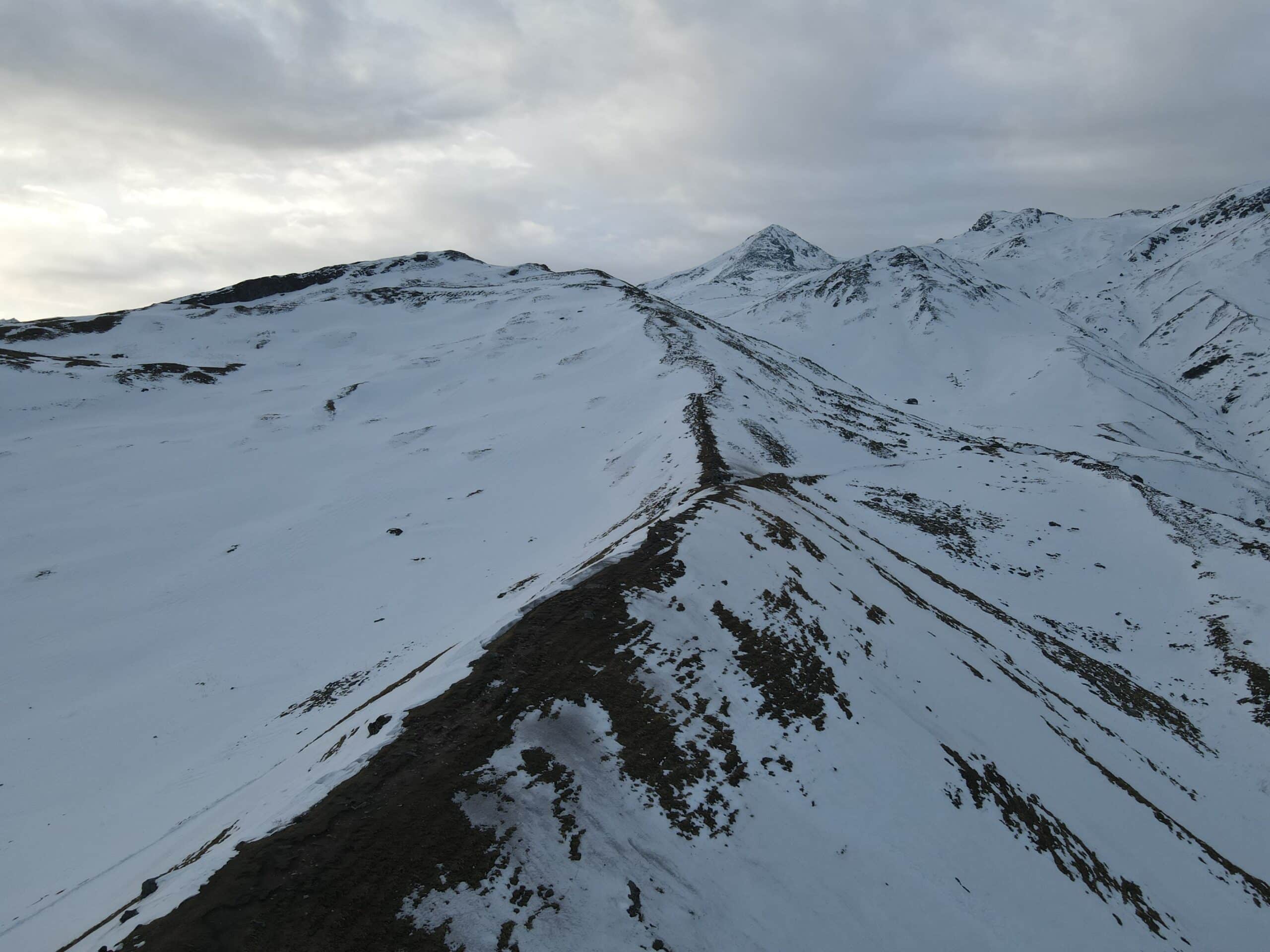How To Use Oxygen Cylinder On Trek If There Is An Emergency
Oxygen cylinders are very helpful for people experiencing breathing problems during a trek, whether at high altitudes or simply hiking. An oxygen cylinder stores and supplies oxygen to a person in need. It is very important to know how to use oxygen cylinders. Operating an oxygen cylinder is difficult for a person who does not know. That is why we provide a few simple points to help you understand how to operate oxygen cylinders.
- Know which type of oxygen cylinder you are going to use.
- Ensure the regulator is turned off; rotate the knob counterclockwise to the “0” position.
- Keep your safety in mind. Do not be directly in front of or behind the regulator when opening the cylinder valve.
- Next, slowly turn the cylinder valve on by rotating the knob counterclockwise for about one full turn.
- Turning the knob clockwise allows you to adjust the flow rate until the desired setting appears.
- A full cylinder should be exchanged if the pressure falls below 300 PSI.
- Once you have used the cylinder, you need to turn off the system, which you can do by closing the cylinder valve. As soon as the regulator is set to the “0” position, oxygen must flow out of the regulator.
- Never try to remove the regulator unless the cylinder is off and the pressure has been relieved.
Note: While trying to open the cylinder, you hear a hissing sound, which means there is a leak in the system. To relieve any built-up pressure, turn off the cylinder and turn on the regulator. The regulator should be tightened to the cylinder, and the cylinder should be opened again after tightening. If that does not help, shut the system down again and contact a service representative. It would be best if you never attempted to repair a regulator or cylinder alone.
Oxygen Regulator

There are two types of oxygen regulators used by Trekup India, one CGA 870 and the other CGA 540. CGA 870 is an old version we do not use now, and we currently have CGA 540. Below, we have provided steps to set up CGA 540.
- Be sure to purge the valve seat of your cylinder following the instructions provided by your gas supplier.
- Check the regulator for oil and grease; don’t use the regulator if you see these.
- Gently thread the large nut upon connecting the cylinder valve to the regulator.
- Tighten the nut with a wrench till closely fitting.
- Attach the oxygen supply tubing to the outlet connection of the regulator.
Oxygen Flow Control Regulator
An oxygen flow regulator is a pressure-reducing device that reduces the pressure of oxygen from a cylinder to a level safe for end-user use. Oxygen flow regulators are designed to deliver oxygen levels to improve breathing.
Share this article
Want To Trek Like Pro?
Check out the following videos if you want to trek like a pro trekker and improve your skills. These videos contain helpful tips, tricks, and techniques to help you trek like a pro. Whether you’re a beginner or an experienced trekker, these videos can provide valuable insights to enhance your trekking experience. So, watch the videos below by Trekup India experts to take your trekking skills to the next level.







Know Everything About Acute Mountain Sickness
Acute Mountain Sickness is a medical condition that can occur when individuals travel to high altitudes, typically above 8,000 feet. It is caused by the decrease in air pressure and oxygen levels in the air as altitude increases. Symptoms of Acute Mountain Sickness may include headache, nausea, vomiting, dizziness, and difficulty sleeping. To avoid Acute Mountain Sickness, it is important to gradually adjust to high altitudes and seek medical attention if symptoms worsen. To learn more about this condition, check out the videos by Trekup India.



Important
Guidelines
Special Casual Leave (SCL) for Government Employees
Government employees joining our trekking expeditions can avail of Special Casual Leave (SCL) under the following conditions:
- Eligibility Criteria:
- SCL is available exclusively to Indian government employees.
- Applicable only for treks conducted within India.
- Leave Details:
- As per Pay Commission rules, government employees are entitled to up to 30 days of SCL in a calendar year for trekking or mountaineering expeditions.
- Treks must be organized by a registered organization, such as Trekup India, recognized by the Indian Mountaineering Foundation (IMF).
- Application Process:
- You need to apply for leave at least 20 days before the trek departure date.
- How to Apply: The following details are required to apply for IMF certification through the IMF.
- Email info@trekupindia.com with the following details:
- Your booked trek date.
- The trek name.
- Aadhar Card
- Designation
- Office Address
- Additional Fee of Rs. 250/ per person will be applicable.
- Note: It might take 20-25 days to receive a certificate from the IMF, subject to their approval.
- Email info@trekupindia.com with the following details:
- Documentation Support:
- Trekup India will provide the necessary documents to facilitate your SCL application.
Age-Based Requirements for Junior Trekkers
- A parent or guardian must accompany trekkers below 15 years of age.
- Trekkers Aged 15 to 18 or above Years: Can trek solo but require a Disclaimer Form signed by a parent or guardian. And Medical Form that Provides health details and confirms fitness for trekking by MBBS Doctor
- Trekkers Aged above 18 Years: Require a Disclaimer Form self-signed. And Medical Form that Provides health details and confirms fitness for trekking, Signed with an MBBS Doctor stamp.
Medical Fitness Required for Trek
If you’re planning a trek, you must ensure that your health parameters meet the fitness requirements for physical exertion at high altitudes or rugged terrains. Below are guidelines for each of the parameters mentioned:
1. Pulse Rate (Heart Rate at Rest):
- Normal: 60 to 100 (bpm) beats per minute.
- Required Fitness: Physically fit person may have a resting heart rate closer to 50 bpm, which shows that he have good cardiovascular efficiency.
2. Blood Pressure (BP):
- Required BP: 120/80 mmHg. A Bolood Pressure within this Range ensures adequate oxygen delivery to muscles and organs during physical exertion, especially at high altitudes.
- Your specified blood pressure (BP) Range—Systolic: 100–140 mmHg and Diastolic: 70–90 mmHg—is appropriate and generally considered safe for trekking activities.
- Acceptable Range: <140/90 mmHg for trekking. Elevated BP could increase risks during strenuous activity or at high altitudes.
Recommendations:
- Pre-Trek Checkup: Monitor your BP multiple times & ensure that it should be normal.
- Stay Hydrated: Dehydration affect BP, so maintain proper fluid intake during your trek.
- Avoid Alcohol & Excess Salt: These can destabilize BP, especially at altitude.
- BP Monitor: If you have a history of BP issues, regularly check your BP during the trek. Our Trek Leaders are equipped with a BP machine.
3. Respiratory Rate at Rest:
- Required Rate: 12–20 breaths per minute.
4. Diabetes Mellitus:
- Acceptable: Well-controlled blood sugar levels (HbA1c <7% or fasting blood glucose <126 mg/dL).
- Fitness Requirement: Carry quick glucose sources and monitor regularly during the trek.
5. Bronchial Asthma:
- Acceptable: Only when your doctors allow it & you have to submit an MBBS doctor NOC that you can undergo this trek.
- Fitness Requirement: Bring prescribed inhalers/medications and consult your doctor about high-altitude risks.
6. Heart Problems:
- Acceptable: Individuals without recent cardiac events (e.g., heart attack within the past 2 years).
- Fitness Requirement: Clearance from an MBBS Doctor (cardiologist) is required.
7. Hypertension:
- Acceptable: Controlled hypertension (BP <140/90 mmHg) with no recent complications like hypertensive crisis.
8. Pacemaker Implant:
- Generally not recommended for high-altitude treks.
9. Body Mass Index (BMI):
- Required BMI: 18 – 26 kg/m² for a good trekking fitness.
- Overweight or underweight individuals may face additional strain on joints or fatigue.
Additional Recommendations:
- High Altitude Acclimatization: For treks above 10,000 feet, ensure have some acclimatization Trekup India have designed Itinary of this trek accordingly to it but its not granted that this itinary works fine with acclimatization. For more information, click here.
- Fitness Level: Regular aerobic and strength training exercises before the trek are essential. For more information, click here.
- Medical Clearance: Consult a healthcare professional (MBBS Doctor) to assess your suitability before coming on this trek.
Would you like assistance preparing for your trek or calculating specific health metrics? Call Your Trek Co-Ordinator






